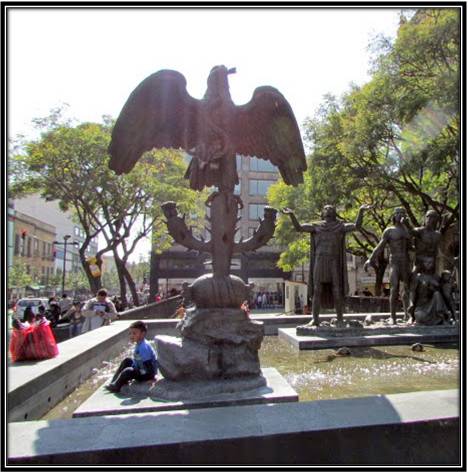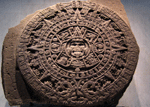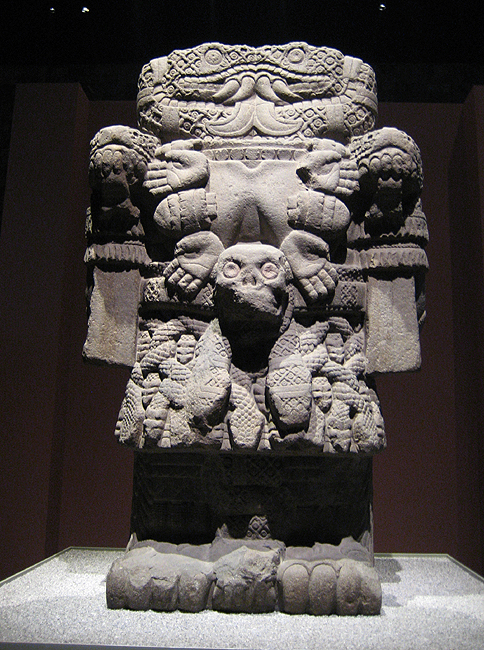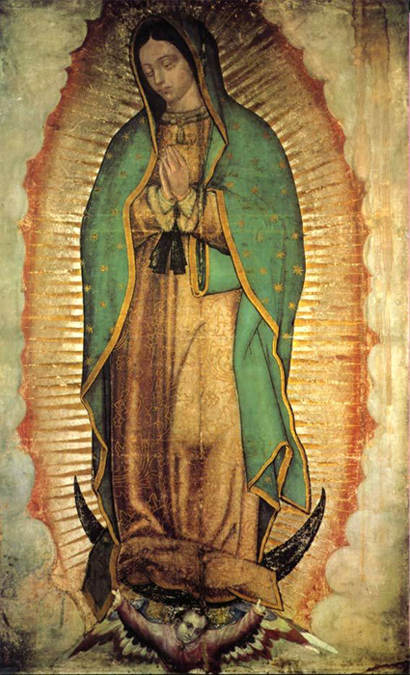|
Homework #3 |
|
Q1. |
|
||
|
Q2. |
Why Name three major Aztec gods and tell what each one represents.
|
||
|
Q3. |
First, review the Aztecs' history and areas in which they achieved the most success (i.e., what they were really good at). Then, write a paragraph of between 50 and 100 words (count and write the exact number: use Word Count) in which you write your own summary of Aztec civilization and humanities.
|
||
|
Q4. |
In the textbook entry on the Aztecs Index there is a link for Aztec / Mexica music. Study this short essay and then list three aspects of their music that you find most interesting or important. |
||
|
Q5. |
Tell what this image represents and describe three prominent features in it.
|
||
|
Q6. |
In Inca history, tell what happened to Huayna Cápac, Huáscar, and Atahualpa between 1527 and 1533. |
||
|
Q7. |
On the Inca Art Index (Index -> "I"), pick one of the 15 images, describe it in detail, and give your personal reaction to it. |
||
|
Q8. |
In the online textbook's virtual tour of Machu Picchu, in the first image (Machu Picchu 1), click on the embedded link to the "Train ->". Then, study images 1 and 1a through 1g. Pick one of these images, describe it, and give your own personal reaction to being (virtually) in the Urubamba River Valley. |
||
|
Q9. |
In the Machu Picchu pages, pick one of the image between 2 and 24; describe it; give your personal reaction to it.
|
||
|
Q10. |
Answer the humanities question in page #3 in the Templo Mayor Museum in the textbook. (Consult the Templo Mayor Museum under "T" in the Index.)
|
||
|
Q11. |
Choose one item (not #3 again) from the Great Temple's Museum next to the archeological site of the Templo Mayor; identify it and describe its significance as a humanities artifact. |
||
|
Q12. |
(A) Describe the following humanities
object in general terms. (B) On balance, in what sense do you think it is reasonable or justified to be identified as one of the most outstanding creations of world humanities?
|
||
|
Q13. |
(A) What is the basis for the symbolic
power of Moctezuma II's headdress? (B) What does his headdress have to do with
both (a) the Aztec religion and political structure and (b) some other religions or peoples in Mesoamerica? (Note: You can find Moctezuma's headdress in the textbook under Aztecs -> Images of Aztec Art.)
|
||
|
Q14. |
(A) Identify the following two humanities artifacts. (B) In class the professor presented them as related somehow; that is, either related or antagonistic or something else. (C) Since they belong to two (seemingly or clearly) different worlds and cultures, honestly, what is your personal (and/or intellectual) view (reaction) to seeing them presented more or less together?
|
||
|
Q15. |
Compare and contrast #14 and #15 in the textbook series on Aztec art.
|







